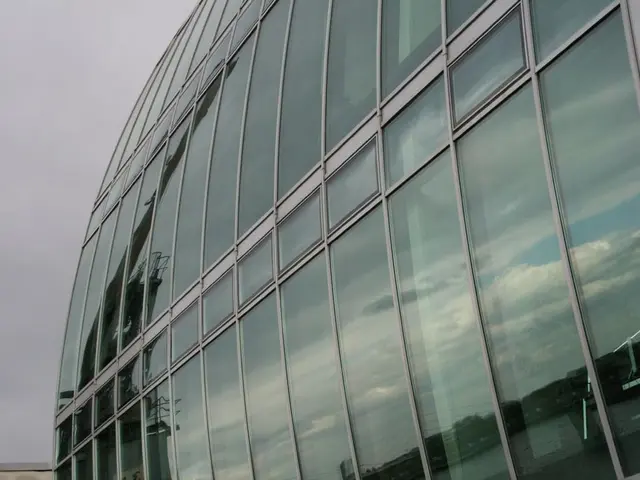New York Stock Exchange competitor located in Dallas successfully raises $120 million in funding
The Texas Stock Exchange (TXSE) is poised to shake up the financial landscape, challenging the duopoly of the New York Stock Exchange (NYSE) and Nasdaq with a more CEO-friendly environment and lower compliance costs. Scheduled to commence trading in mid-to-late 2026, the TXSE is set to become a fully electronic national securities exchange headquartered in Dallas, Texas 1.
Backed by major financial institutions such as BlackRock, Citadel Securities, Charles Schwab, and Fortress, the TXSE brings significant capital (up to $161 million) to support its launch, making it one of the most well-funded new exchange entrants in decades [1].
Key competitive advantages offered by the TXSE include:
- Lower listing and compliance costs compared to NYSE and Nasdaq
- Easier access to capital for Texas-based companies
- Alignment with Texas’s pro-business political and policy environment
- New opportunities for local and retail investors [1]
While the listing rules are reportedly similar to NYSE and Nasdaq standards, the TXSE aims to reverse the recent decline in the number of public companies by providing "greater alignment for issuers and investors" and a more speed-focused, business-friendly experience 2.
The TXSE also seeks to establish a strong regional identity and visibility with initiatives like an iconic bell-ringing venue and media presence in Dallas to boost awareness and engagement [2].
Elon Musk's Tesla is among the companies considering a move to Texas, with Musk urging shareholders to vote in favor of relocating the company's articles of incorporation from Delaware to Texas during this month's annual meeting. The exchange plans to file a registration with the Securities and Exchange Commission (SEC) this year and has already raised $120 million from more than two dozen investors, including BlackRock and Citadel Securities [1].
As Texas continues to attract major financial institutions, with JPMorgan Chase having over 30,000 employees working in Texas, outnumbering its 29,000-person New York headcount, and Goldman Sachs building an 800,000-square-foot campus in Dallas to serve more than 5,000 staffers, the TXSE's arrival could mark a significant shift in the financial landscape 1.
Moreover, Texas is establishing a specialized business court system to attract corporate litigation cases, with courts officially being created on Sept. 1, providing another attractive factor for businesses considering a move to the Lone Star State [1]. The TXSE Group is also considering partnering with technology providers to enhance the exchange's technological capabilities, further solidifying its position as a formidable competitor [1].
In conclusion, the TXSE's core strategy is to offer a more welcoming, lower-cost, and regionally aligned alternative to the dominant NYSE and Nasdaq exchanges, targeting companies and investors seeking a simpler public listing process with strong Texas-based support [1][2].
[1] Business in Texas. (2022, March 2). What the Texas Stock Exchange means for business leaders and investors. Business in Texas. https://businessintexas.com/business-growth-and-expansion/what-the-texas-stock-exchange-means-for-business-leaders-and-investors/
[2] Woodruff Sawyer. (2022, March 11). Texas Stock Exchange. Woodruff Sawyer. https://woodruffsawyer.com/insights/texas-stock-exchange
Read also:
- AI Inspection Company, Zeitview, Secures $60 Million Funding for Expansion
- Future of Payments: If the U.S. regulates stablecoins through the GENIUS Act, according to Matt Hougan
- Ongoing trade friction as the American administration levies fresh import taxes on goods arriving from China
- High-Performance McLaren Automobile: McLaren Speedtail








